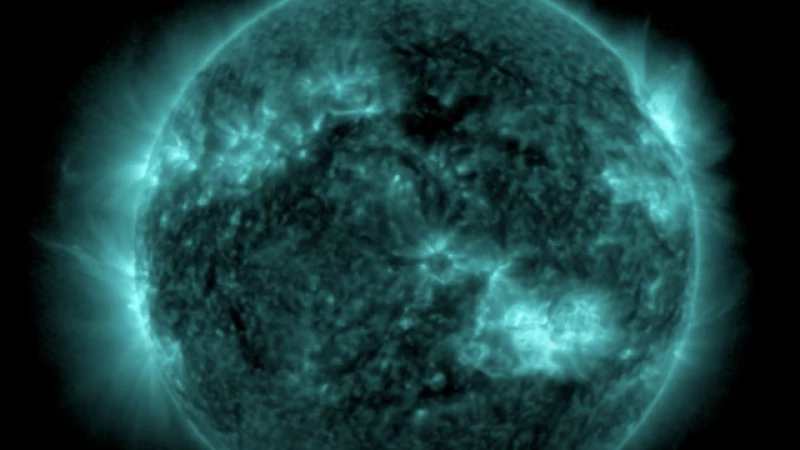Friday could witness the emergence of a severe G4 geomagnetic storm, prompting a watch from NOAA officials for the first time in almost two decades. Recent days have been marked by heightened solar activity, with multiple bursts of plasma and magnetic fields directed towards Earth.
G4 storms are renowned as the second-strongest category of geomagnetic storms and have the potential to cause widespread voltage control issues. NOAA warns that these storms may lead to the tripping of key assets from the grid and pose orientation challenges for spacecraft. Additionally, the spectacular Aurora borealis, or Northern Lights, could be visible as far south as Alabama and northern California.
According to a press release by NOAA on Thursday, the recent series of solar events commenced on May 8 with a significant cluster of sunspots generating several moderate to strong solar flares. Solar flares, described as the largest explosive events in the solar system by NASA, involve bursts of radiation. NOAA disclosed that the region where the flares originated is 16 times the diameter of Earth, with further solar activity anticipated.
Reports indicate a series of coronal mass ejections (CMEs), characterized by explosions of plasma and magnetic fields emanating from the sun's corona, the outermost layer of its atmosphere. It is estimated that at least five CMEs are heading towards Earth and could reach our planet as early as midday on Friday, persisting through Sunday.
"This is an uncommon occurrence," stated the National Oceanic and Atmospheric Administration (NOAA).
NOAA highlighted the potential impact of geomagnetic storms on infrastructure in near-Earth orbit and on Earth's surface, including disruptions to communications, the electric power grid, navigation, radio, and satellite operations. The Space Weather Prediction Center has alerted the operators of these systems to take precautionary measures.
According to NOAA, this marks the first issuance of a storm watch for a G4 since January 2005. On average, there are around 100 severe geomagnetic storms during each solar cycle, yet only three have been observed in the current cycle that commenced in December 2019. The most recent occurred on March 23. The last instance of a G5 or extreme geomagnetic storm was in October 2003, resulting in power outages in Sweden and damage to transformers in South Africa.







